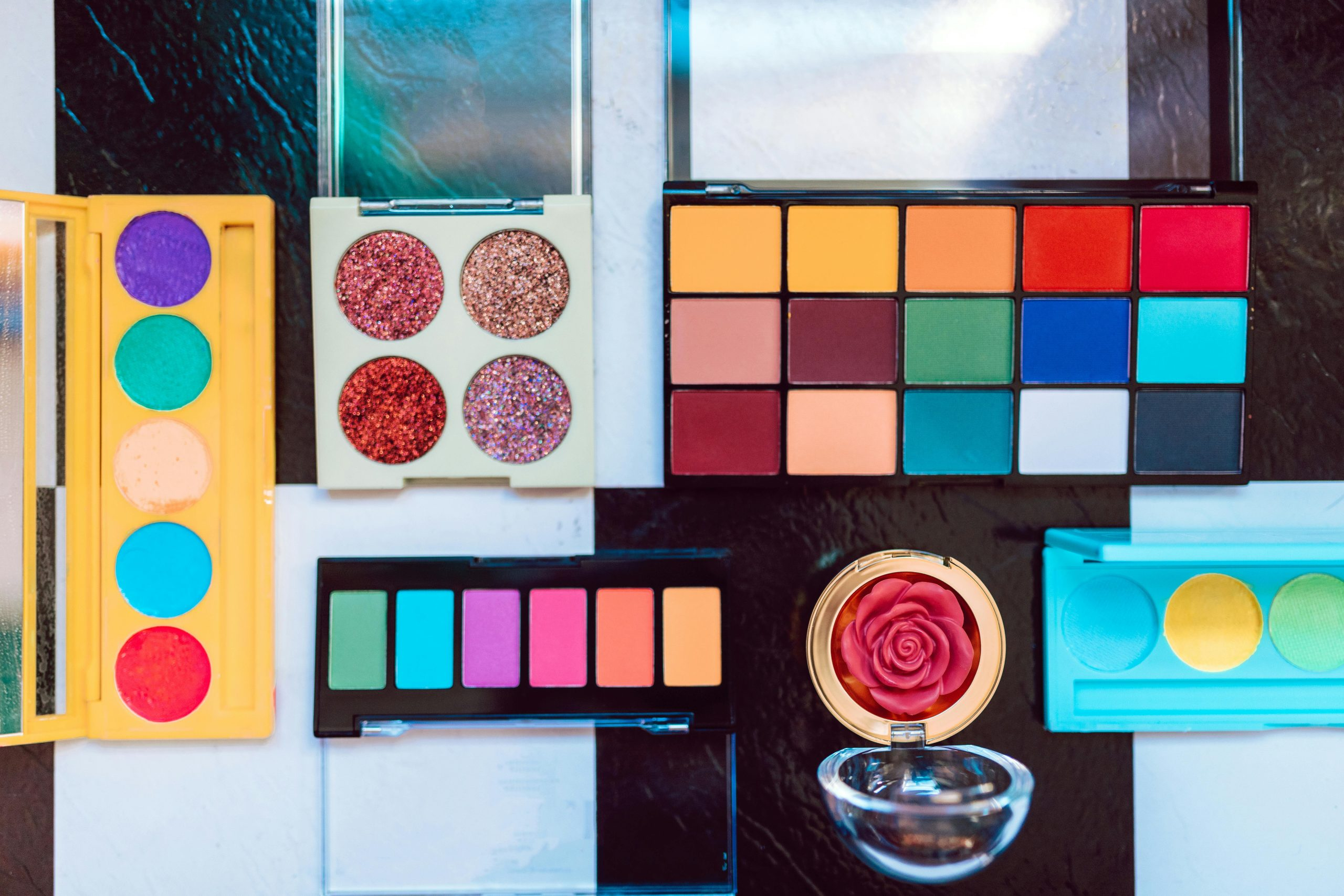The Impact of Music on Fashion Trends and Subcultures
Music and fashion have always been intertwined, with each influencing the other in various ways. Throughout history, music has played a crucial role in shaping fashion trends and subcultures. Whether through rebellious lyrics, iconic looks, or collaboration between artists and fashion designers, music has had a significant impact on the fashion industry. In this article, we will explore the relationship between music and fashion, and delve into the ways in which music has shaped and continues to shape fashion trends and subcultures.
The Beginning of a Revolution
The 1960s saw the birth of a cultural revolution, with music at its forefront. From the counterculture movement of the hippies to the British Invasion, music was a powerful medium for young people to express their rebellious spirit. And with it came a new fashion revolution, defying the traditional norms and embracing individualism. Bands like The Beatles and The Rolling Stones not only influenced the sound of the era, but also made a significant impact on fashion trends. Their iconic looks, featuring long hair, colorful attire, and psychedelic patterns, inspired a generation to break away from the conservative fashion of the previous decades.
The Punk Movement
In the 1970s, punk emerged as a music genre and subculture, characterized by its rebellious and anti-establishment attitude. The punk movement rejected mainstream fashion and instead embraced DIY, avant-garde, and anti-fashion styles. With bands like The Sex Pistols and The Clash leading the way, punk became more than just a musical genre, it became a lifestyle and a fashion statement. Black leather, ripped denim, safety pins, and spiked hair were just some of the iconic looks associated with punk fashion.
The Rise of Hip-Hop
The 1980s saw the rise of hip-hop music, originating from the streets of New York City. As the popularity of hip-hop grew, its influence in fashion became more prominent as well. From artists like Run DMC and LL Cool J wearing Adidas tracksuits and oversized gold chains, to the emergence of streetwear brands like FUBU and Sean John, hip-hop brought a new and diverse style to the fashion scene. And it wasn’t just about the clothes, but also about the attitude and confidence that came with it.
Continued Collaboration and Influence
As music genres continued to evolve and diversify, so did their impact on fashion, with more collaborations between artists and fashion designers. In the late 1990s and early 2000s, the grunge movement made its mark on both music and fashion. Bands like Nirvana and Pearl Jam popularized the grunge sound, while designers like Marc Jacobs and Anna Sui incorporated elements of grunge fashion, such as plaid shirts and ripped jeans, into their collections.
The Influence of K-Pop
In recent years, K-pop has taken the world by storm, with its catchy beats, vibrant visuals, and unparalleled fashion. K-pop stars have become global fashion icons, with fans emulating their unique and often extravagant outfits. From bold statement pieces to gender-bending fashion, K-pop has pushed the boundaries of traditional fashion and inspired a new wave of style.
Fashion and Identity
Beyond influencing fashion trends, music has also played a vital role in shaping subcultures and their sense of identity. Subcultures, such as goth, punk, and hip-hop, often have their own distinct fashion styles, and music is often a significant part of their identity. Music helps people to express themselves and find community and belonging in a world where they may not always fit in.
The Future of Music and Fashion
In the digital age, music and fashion continue to evolve and intersect in new ways. With the rise of social media and streaming platforms, musicians can now have a more direct and personal relationship with their fans, and this has led to even more collaborations and influence in the fashion world. As trends and subcultures continue to evolve, we can only expect music and fashion to continue their dynamic and significant relationship.
In conclusion, the impact of music on fashion trends and subcultures cannot be underestimated. From the rebellious spirit of the 1960s to the bold and diverse styles of today, music and fashion have shaped and reflected the attitudes and identities of each generation. As music and fashion continue to evolve, we can only imagine the exciting collaborations and influences that lie ahead.










